Lagan College - the revolutionary school with humble beginnings
- Published
Archive footage of Lagan College pupils on BBC Newsround
How many schools do you know start out life in a Scout Hall?
Well those were the humble beginnings of Lagan College, Northern Ireland's first planned integrated school 36 years ago.
The reasons why and how the college gave rise to the integrated education system are the focus of a new BBC Radio Ulster documentary.
The programme, All Children Together: The Story of Lagan College, reunites past pupils, teachers and parents to relive the highs and lows of those early days.
Radical
On 1 September 1981, 28 boys and girls from both sides of Northern Ireland's divide walked through the gates of Ardnavally Scout Hall on the outskirts of south Belfast.
This was no ordinary first day at school. The pupils were part of what was then considered a radical idea to educate Protestant and Catholic children under one roof.
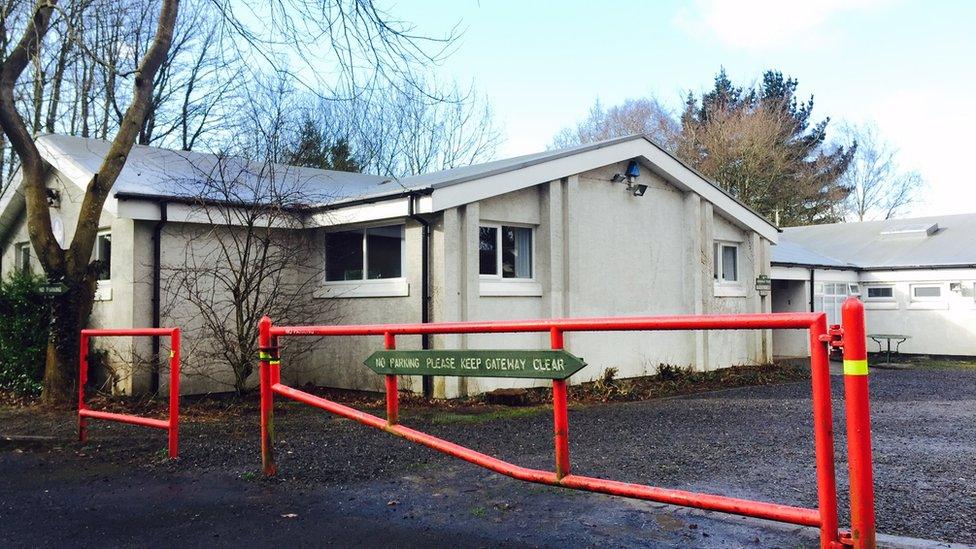
Ardnavally Scout Hall where Lagan College was set up in September 1981
A brave move, given that 1981 was a year of deep division with more than 100 Troubles-related deaths, tense Anglo-Irish talks and the H-block hunger strikes.
Throughout the 1970s a determined group of parents in a movement called "All Children Together" had campaigned relentlessly for integrated education.
After years of some success but also frustration, they decided at a public meeting in March 1981 to set up a new school.
The problem was they had no premises, little money and were not eligible for government funding for at least three years.
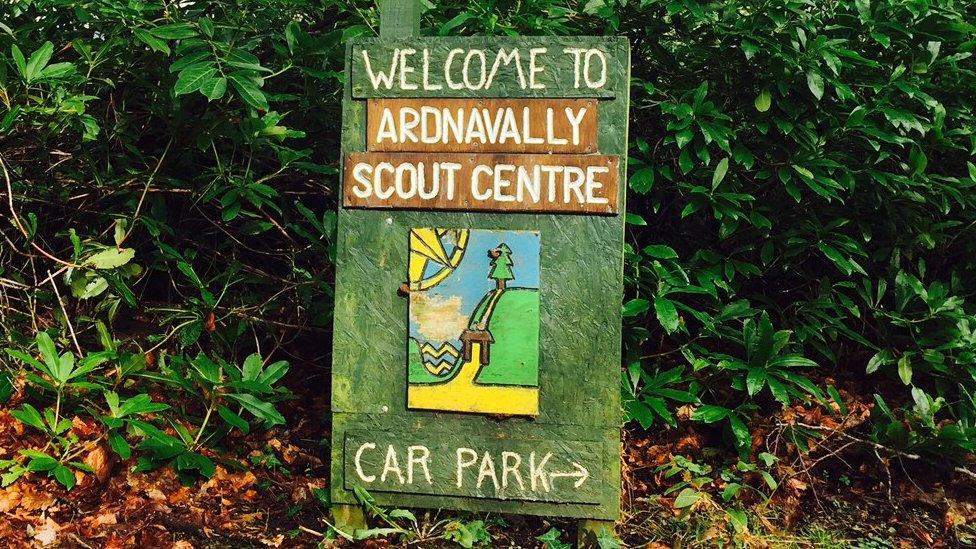
Ardnavally Scout Hall entrance sign
That was when the Scout Association stepped in and the makeshift school was created.
'Scrambled together'
Brian Lambkin was Lagan College's only full-time teacher at the beginning.
"It was a real scramble that year," he said. "The principal wasn't appointed until May and I wasn't appointed until the end of June, beginning of July.
"The school I worked in before was very kind about donating books. We also scrambled the furniture together from somewhere. The basic materials were just about in place before we started."
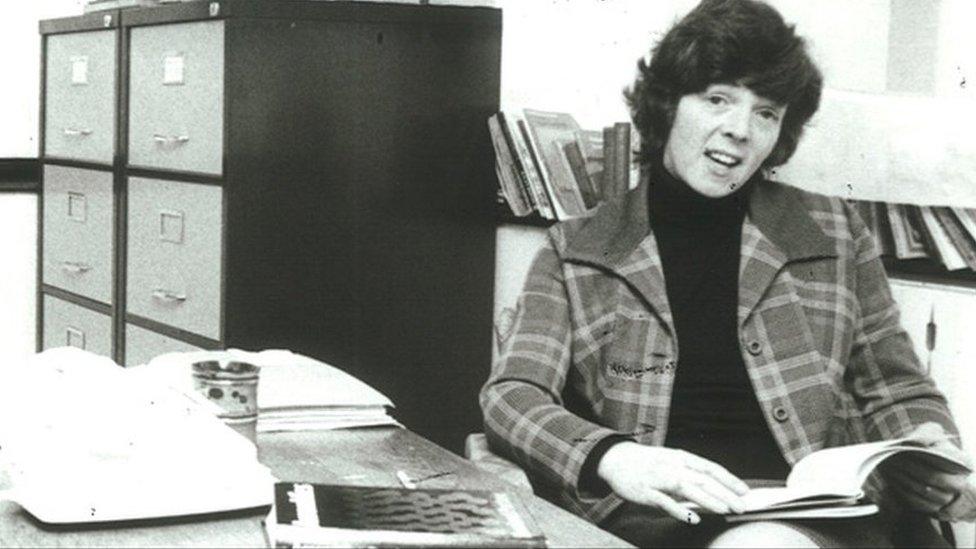
Lagan College's first principal Sheila Greenfield pictured in the early 1980s
Lagan College's first principal, Sheila Greenfield, who is now in her 80s and living in England, praised the pupils' parents for going above and beyond in those early days to keep the school going.
"I had them cleaning the building, supervising lunch, running a morning break tuck shop and they were even driving their cars all over for us [transporting pupils]," she said.
'Famous'
For those first 28 students, one of the more unusual things they had to face was constantly being in the media spotlight.
This was because of the intense interest in a school that was seen to be challenging the educational norm of the time.
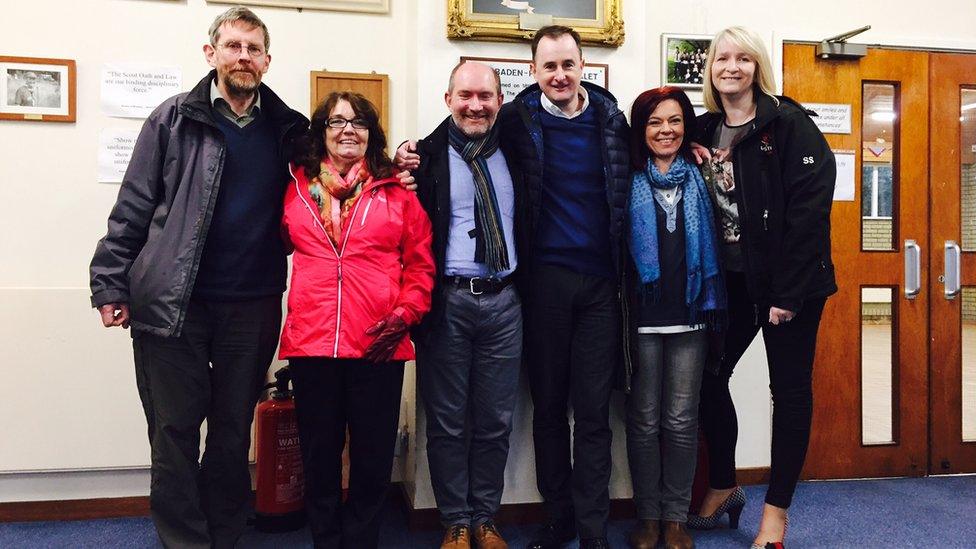
Former pupils, parents and teachers reunited at the Scout Hall where Lagan College started out
Founding pupil Richard Sherry says Lagan College was, and in his view still is, Northern Ireland's most famous school.
He remembers an event held just days before it opened, when news crews filmed the students and did interviews.
"We had a picnic at the Giant's Ring [on the outskirts of south Belfast]. Myself and others were asked to bring our uniforms and there was a famous picture taken that day - the first of Lagan's new pupils," he said.
He said it was an opportunity for the press to get a photo so they would not turn up on the first day of school and cause disruption, but they could not stay away.
'Bricked the bus'
As Northern Ireland's only integrated school back then, pupils had to travel far and wide to get there.
Green Party MLA Clare Bailey was one of the founding students. At the time she lived in a mixed housing estate in Antrim and, with her sister, did a four-hour round trip to Ardnavally everyday.
Given that the Troubles, road checkpoints and police searches were the norm in 1981, Ms Bailey recalls the Lagan College minibus often being targeted because of what the school stood for.
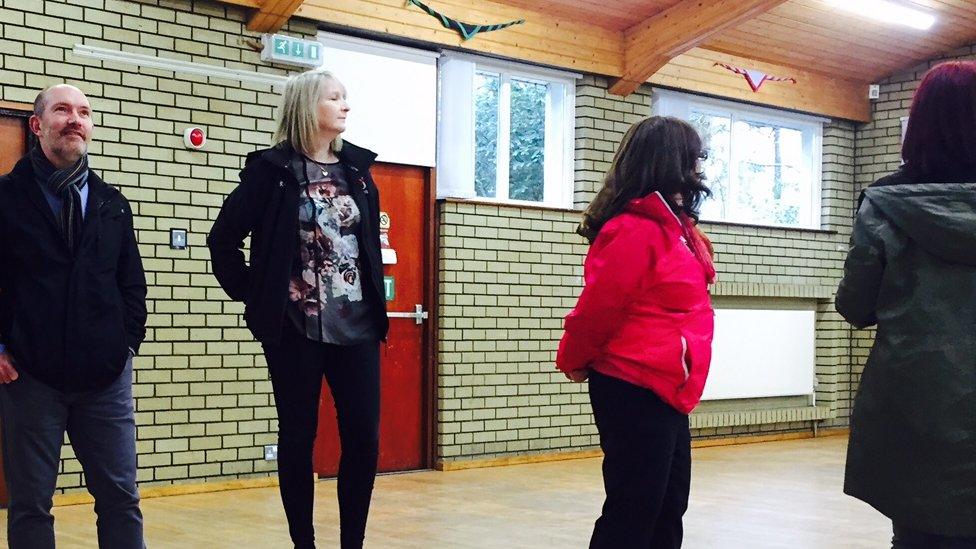
Past pupils, parents and teachers of Lagan College inside the Scout hall that doubled as their first classroom
"Other schools and their pupils, on main arterial routes, would have bricked the bus. I remember the drivers could obviously see people gathering down the street and knowing that we were going to be attacked," she said.
"They told everybody to lie on the floor while they had to drive through the bus being pelted with stones and bricks. It turned into a sport sometimes I think."
Yet despite incidents like this, Ms Bailey said Lagan College's first 28 pupils, wherever they came from and whatever their religious background, formed a crucial bond and became a "gang of friends".
'Grassroots movement'
In those early days Lagan College garnered much support but also faced opposition from the Catholic Church, Catholic educationalists and many within the predominantly Protestant state school sector.
PJ O'Grady is a former school principal of St Patrick's College in north Belfast and back in 1981, he was teaching at a school on the Falls Road.
While he aligned himself with Lagan College's all-ability, non-selection ethos, he agreed with little else.
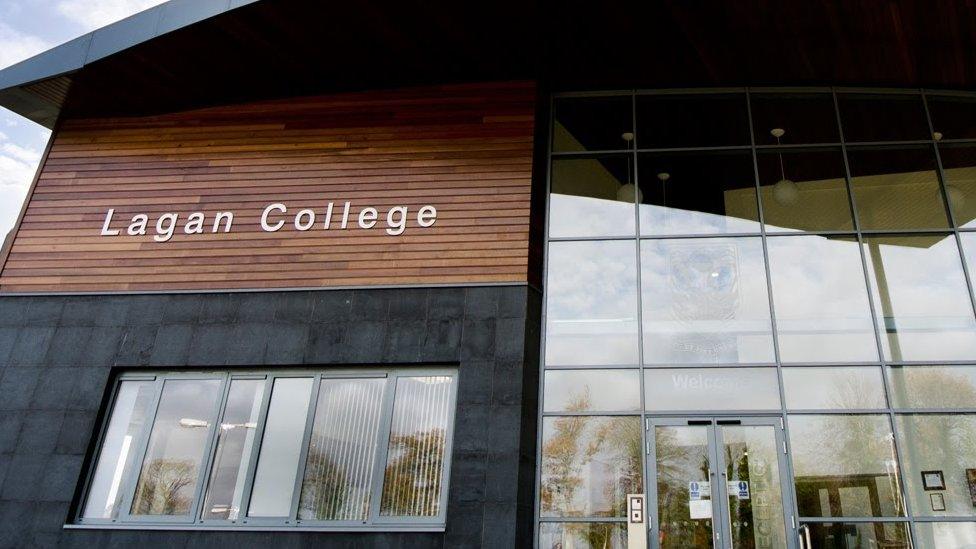
Lagan College in 2017
"We, in the Catholic sector, and other churches, we go back centuries in educating people and I was just concerned there was a lack of depth in what integrated education was about," he said.
"Yes it was bringing people together but was that the main strand of their philosophy of education? Or is education not more important and profound than that?"
From 28 pupils in 1981, to more than 1,200 in 2017, many of those involved in setting up Lagan College said it was pivotal to the growth of integrated education in Northern Ireland.
Tony Spencer, a founding parent, believes it was a catalyst for change.
"Without those [first] parents, without the courage they showed, it [Lagan College] wouldn't be here today and there wouldn't be well over 60 integrated schools here."
And as for its legacy 36 years on, past pupil Ms Bailey said it was simple.
"Lagan College wasn't just a school, it was a grassroots movement. That sense of DIY, that people could do this for themselves, we didn't need somebody else to give it to us."
All Children Together: The Story of Lagan College airs on BBC Radio Ulster at 12:30 GMT on Sunday 12 March.
- Published11 March 2017
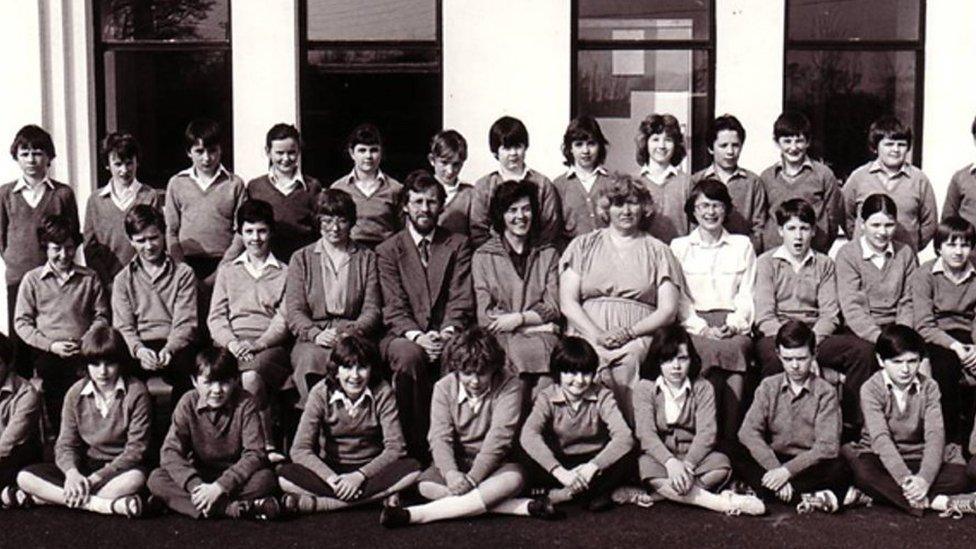
- Published2 March 2017
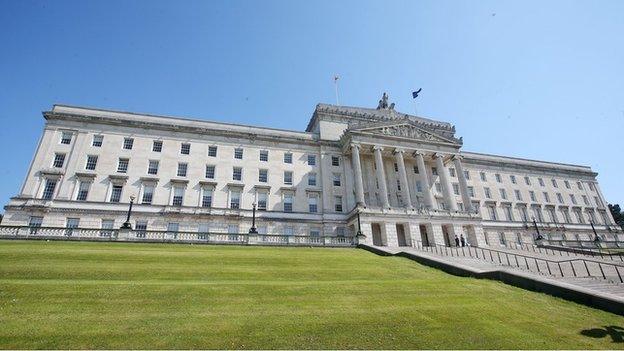
- Published8 February 2017
